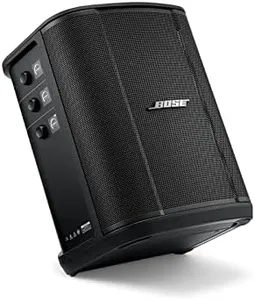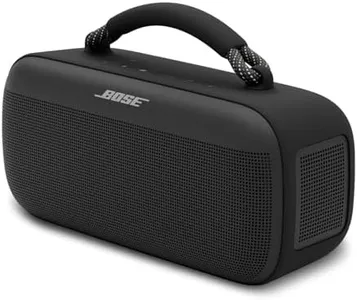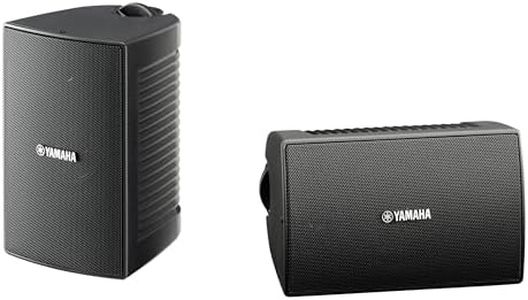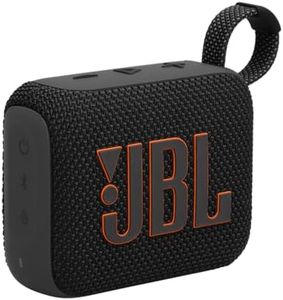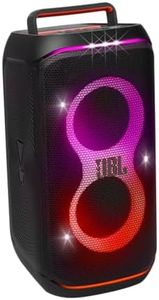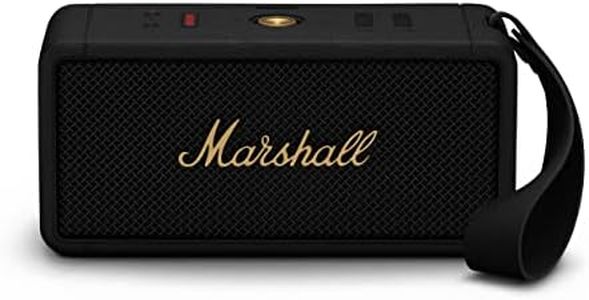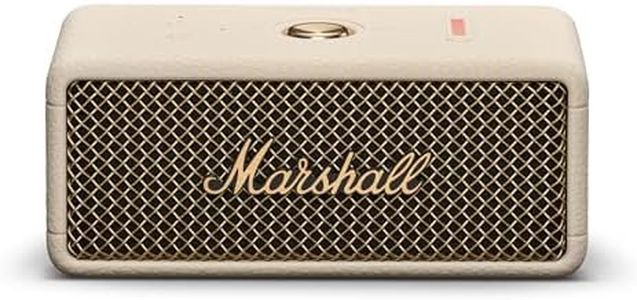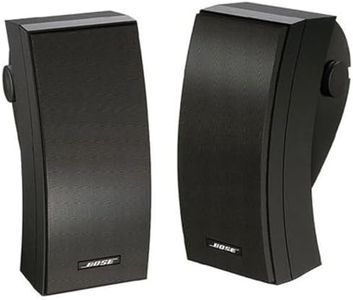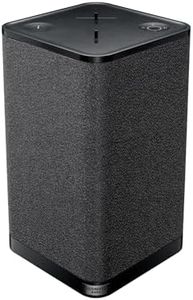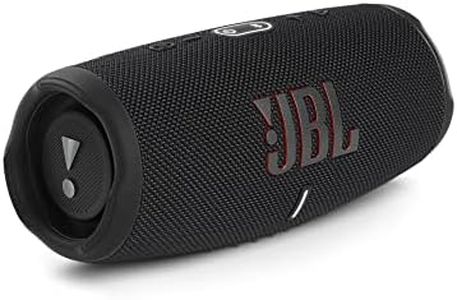We Use CookiesWe use cookies to enhance the security, performance,
functionality and for analytical and promotional activities. By continuing to browse this site you
are agreeing to our privacy policy
10 Best Outdoor Speakers
From leading brands and best sellers available on the web.Buying Guide for the Best Outdoor Speakers
Choosing outdoor speakers involves understanding how your listening environment and intended use affect your needs. Outdoor speakers face different challenges than indoor ones, such as weather exposure and background noise. Think about how loud you need them to be, the area you want to cover, and whether you prefer wired or wireless options. Placement is crucial; make sure you can mount or position them in a way that their sound isn’t blocked. Your own preferences for sound quality, ease of use, and integration with your current audio system should guide your decision.Weather Resistance (IP Rating)Weather resistance tells you how well the speakers can handle elements like rain, dust, and sunlight. This often comes as an IP (Ingress Protection) rating—a higher rating means better protection. For example, IPX4 means resistance to water splashes, while IPX7 means the device can handle full submersion. For most patios or decks, a mid-level rating is fine, but if you’re placing speakers in exposed locations, aim for higher ratings. Consider how open and exposed your intended location is: choose protection levels accordingly so your speakers last longer and sound good despite the weather.
Sound Output (Wattage/Sensitivity)Sound output determines how loud and clear your music will be. This is often measured in watts (power output) and sensitivity (how efficiently the speaker turns power into volume). Higher wattage means the speaker can play louder and cover more space; higher sensitivity means it can get loud even with less power. For small patios, modest wattage and average sensitivity suffice; for large yards or parties, look for higher ratings. If you want background music, you won’t need as much output as you would for big gatherings.
Connection Type (Wired vs Wireless)Speakers can connect to your audio source using wires or wireless technologies like Bluetooth or Wi-Fi. Wired speakers often offer more consistent quality but require more installation effort. Wireless speakers are easier to set up and move, but their range and reliability can be affected by obstacles and signal strength. Decide based on how permanent you want the setup, the distance from your audio source, and whether you can hide or manage wires in your outdoor space.
Speaker Size and DesignSize impacts both sound and how easily you can place or hide the speakers. Larger speakers typically provide deeper bass and higher volume, but can be harder to conceal. Smaller models are less noticeable and easier to place but may sacrifice some richness in sound. Think about your space—if you want discreet background music, go small; if you want full, clear sound across a big area, opt for larger models.
Mounting and Placement OptionsOutdoor speakers might be mounted on walls, ceilings, placed on the ground, or disguised as landscape elements. Some have flexible mounting hardware for specific angles, while others are designed just to sit in open spaces. How and where you can install them affects both their longevity and sound performance. Walk around your yard or patio and imagine where the speakers will be—make sure your choice comes with the right mounting hardware and supports your ideal placement.
Compatibility and ExpandabilitySome outdoor speakers can be linked together for multi-speaker systems or to integrate with smart devices and home networks. Check if the speakers work with your existing equipment or if you plan to expand your system in the future. If you want the ability to add more speakers later or control them through an app, make sure you choose a compatible setup from the start.
